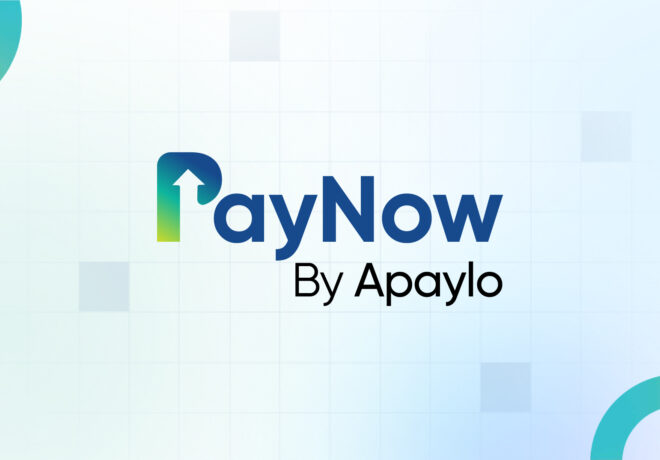Have you ever noticed that the good old paper cheque seems to be appearing less and less as time goes on? Just 25 years ago- in 1995- the popularity of the cheque had hit its peak- with an estimated 49.5 billion cheques written in that year alone. In the 2000s, they were replaced by new digital payment technologies coinciding with the rise of the internet, and now- in 2020- they are all but obsolete. In examining the history of the cheque, it may surprise you to know that cheques have been around for close to 500 years, and are one of the oldest monetary instruments in the world!
The first form of the cheque made its appearance in the early 1500s in Holland (or what is today known as The Netherlands) By the 1600s, the Dutch Golden Age spread science and art across the European continent, and Amsterdam’s trading and shipping industry flourished. Merchants- the early capitalists- amassed vast sums of wealth, which led to a demand for a secure and stable alternative of storing and managing their money. Cashiers (or bankers as they would be called today) managed the payments of their depositors, using a note with a written order on it to issue funds to whomever held the note. This was the first ever cheque- and it soon spread to other empires like England and Colonial America, eventually evolving into the cheques of today.
Following World War II, newly affluent American households adopted check writing at a frenzied pace; and by 1952 the total number of cheques written hit 8 billion. The addition of a magnetic ink character-recognition code (or MICR) in the 1960s removed a great deal of labour from the processing and cashing of cheques; made transactions faster; and minimized fraud by ensuring cheques could only be cashed once. This made them even more popular, and by 1979, 33 billion had been cashed.
Their popularity continued to surge well into the 90s; but by 1995 their popularity had climaxed; never again to recover. New digital technologies on the millennial horizon were threatening to disrupt traditional banking; and by 2006, cheques accounted for just nearly one third (1/3) of payments- with credit and debit cards and ACH (Automated Clearing House) quickly gaining traction. Declining in use every year since, 2015 did see the introduction of mobile cheque imaging- keeping the cheque (barely) relevant by making processing more convenient for loyal users who refused to part ways.
With cheques being all but a relic of the past in 2020, they have been replaced by new technologies that have gained popularity in the savings of cost and time that they offer to both business and individuals users. Indeed, businesses are finding there is no comparison in the convenience and affordability offered to them by using modern payment processing methods such as ACH, EFT (Electronic Funds Transfer), and the ever-more popular Interac E-Transfer. We have written extensively on all these payment forms and the benefits they offer in our previous blogs (https://www.apaylo.com/blog).
If your business is still using cheques, speak to a member of Apaylo’s team (https://www.apaylo.com/contact-us) and we can tell you exactly how we can help your organization- no matter its size- save thousands of dollars (or more) in annual payment processing costs by bringing your payment system into the 21st century!
For more on the fascinating history of cheques, see https://www.theatlantic.com/business/archive/2014/06/the-rise-and-fall-of-checks/372217/






